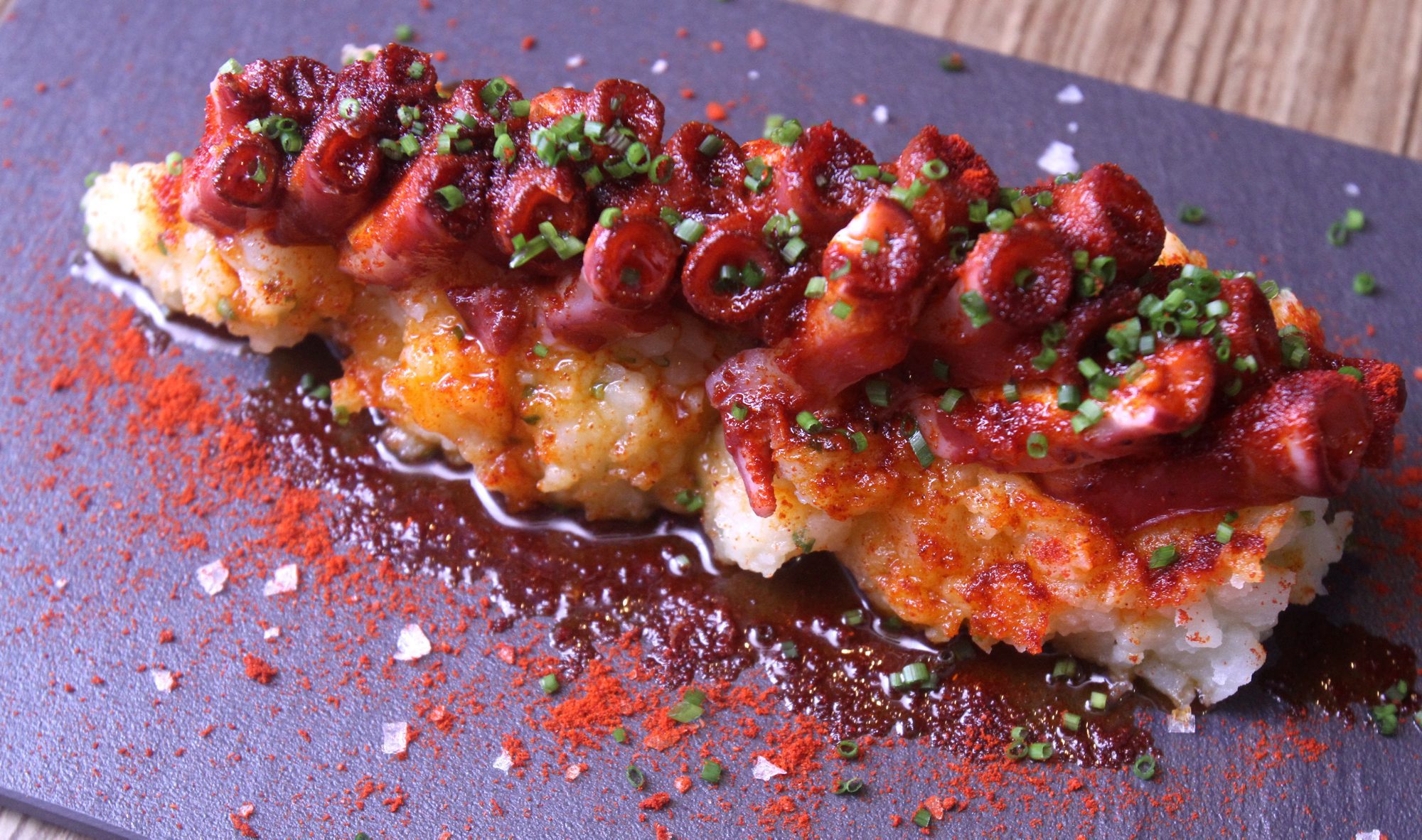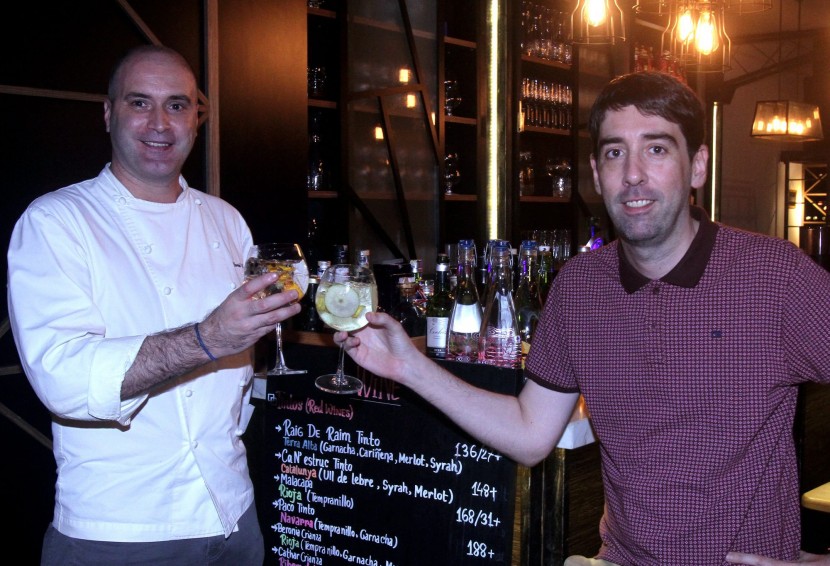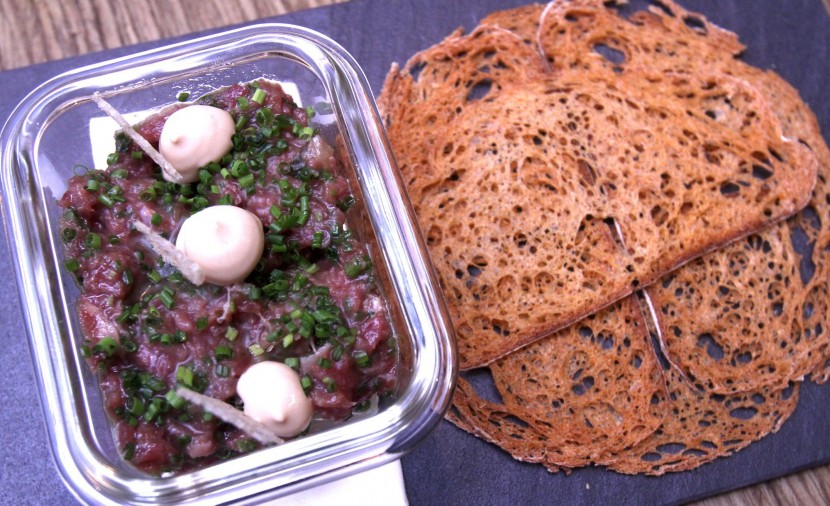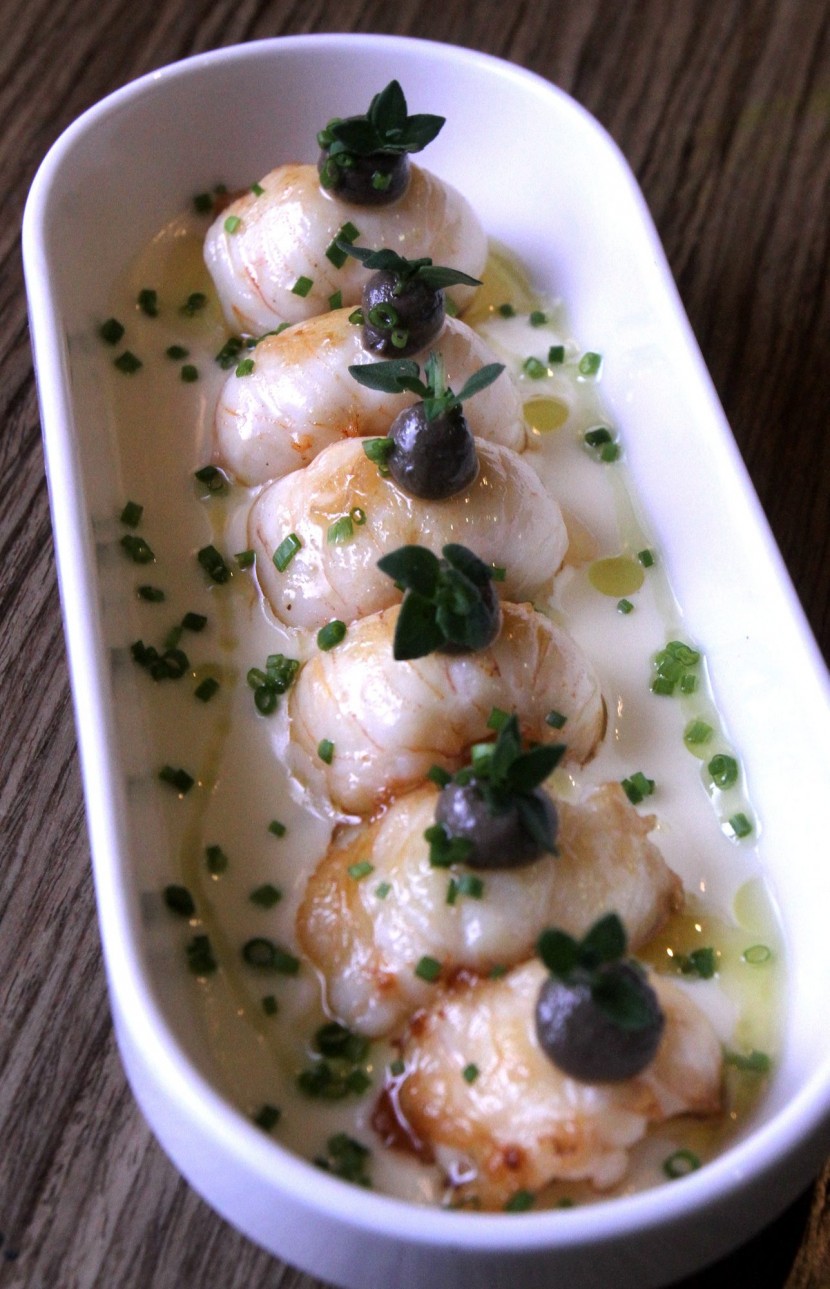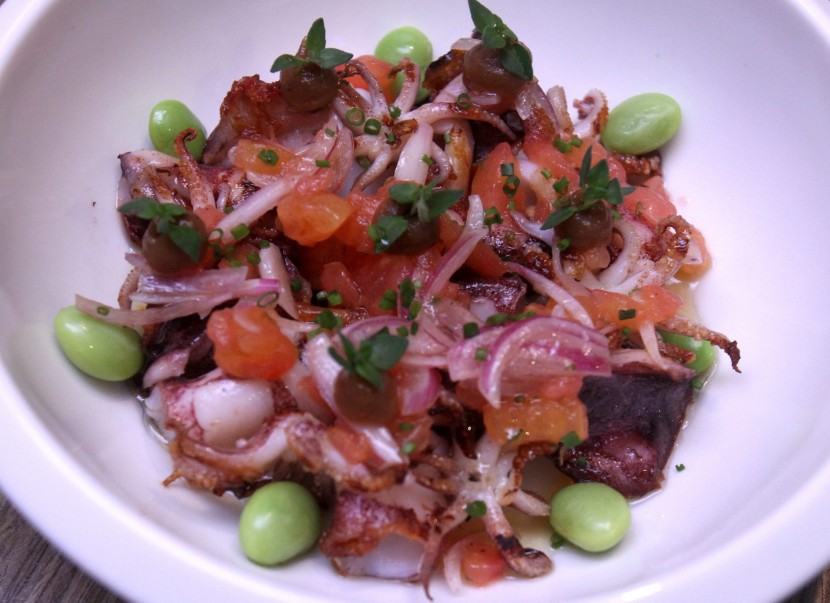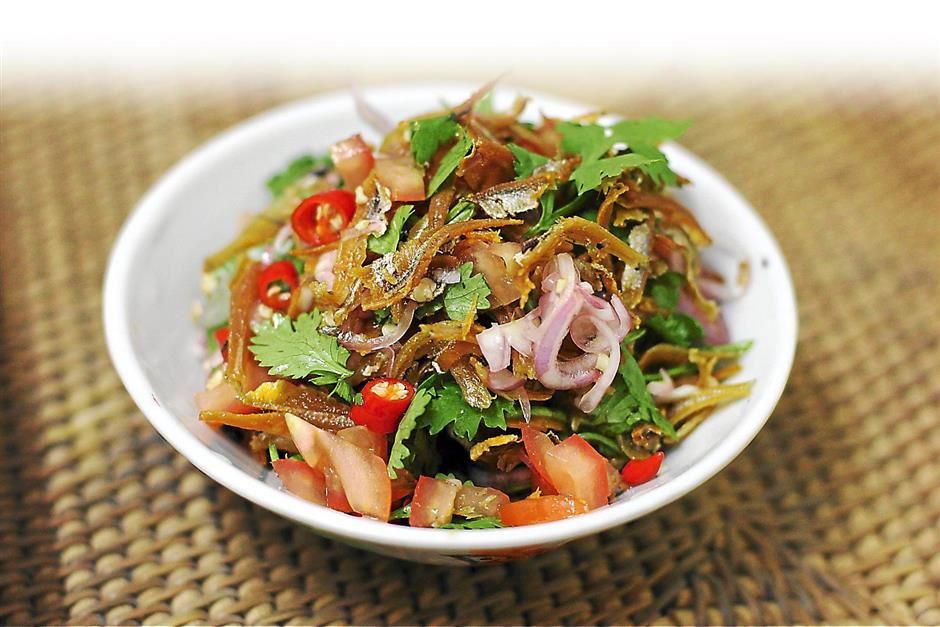MERCAT BARCELONA GASTROBAR,
51G, Jalan Telawi 3,
Bangsar Baru, Kuala Lumpur.
Tel:03-2201 5288
Business hours: 4pm to 11pm (Monday to Friday),
noon to midnight (Saturday & Sunday).
TWO or three things come to mind when talking about Spanish food – tapas, paella and maybe, Iberico meat.
In Spain, eating tapas is a common communal affair enjoyed with family and friends.
Here in the city, the culture of sharing tapas seems to have caught on as this practise is similar to how locals dine.
For (top) executive chef/partner David Caral “eating tapas is a Spanish philosophy of dining”.
“Tapas is a traditional culture, an understanding and the sharing of food.
“It does not refer to the size of the serving or that dishes have to be small portions,” said Caral.
From a rough count of Spanish restaurants in the city, numbering 10 or more, it appears the tapas culture is here to stay.
What more when some of these eateries are Spanish owned.
So discovering food cooked like they do in Spain at one-and-a-half-year-old Mercat, left a lasting impression.
At this distinctively Spanish place, chalkboard sketches of Barcelona mirrored on the walls, catches the eye.
Caral, a true blue Barcelonian said Mercat’s menu was a reflection of food from the many regions in Spain.
“What you taste here in Mercat are the authentic flavours of Spain.
“We do not overwork ingredients as we prefer to maintain the originality of the flavour especially with seafood and meat,” said Caral.
We tried two common tapas like Patatas Bravas with spicy tomato sauce and garlic mayonnaise (RM16) and Gambas al Ajilio (RM34) before unfamiliar ones made their way to our table.
As Spanish is not my strong point, there was no recollection of having tried Patatas Bravas (spicy potatoes) until Caral explained how it is usually served.
The Mercat version, with cylindrical-shaped-potatos with spicy sauce and garlic aioli, is classy compared to the traditional cubed potatoes with paprika and chilli powder. Caral, however, was quick to caution the Malaysians sitting before him not to expect the dish to be as spicy as we are accustomed to.
He was right – the spicy sauce did little to sting our tastebuds.
It was interesting to learn that the Pan con Tomate (RM18) is a staple dish for the Catalonians, like rice is to Asians.
The traditional Catalonian serving of bread gets a good rub of fresh tomato and garlic and is relished with extra virgin olive oil.
“In Catalonia, we eat rice once or twice a month but the Pan con Tomate, we have everyday,” explained Caral.
Similar to ceviche but minus the lime juice is Esqueixada (RM26), a Catalonian starter of Spanish cod, olive oil, onions, tapenade and red and green pepper.
Another dish reflective of Catalonia is the Squid Ink Paella with Seafood (RM98).
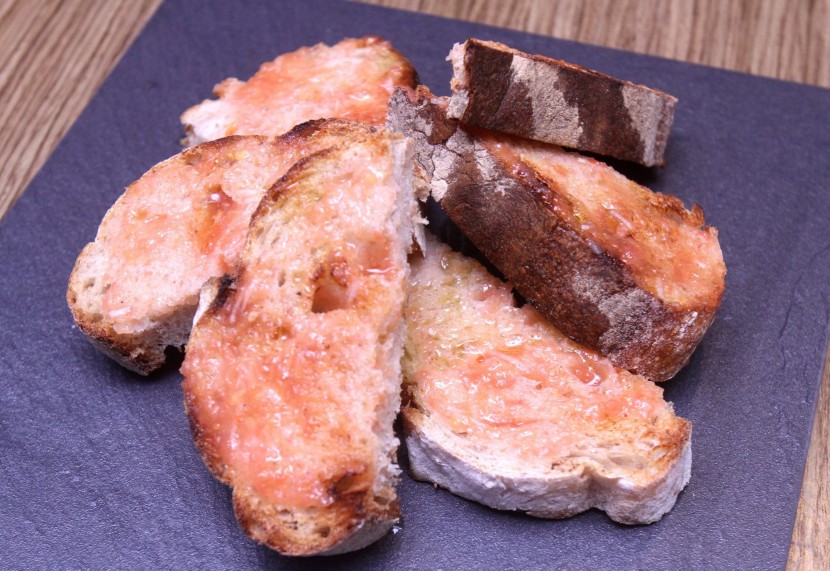
The Pan con Tomate is a traditional Catalonian bread rubbed with tomato, garlic, extra virgin olive oil and salt.
Although the paella’s lineage can be traced to Valencia, its black rice is native to south Catalonia.
History has it that fishermen at sea would cook paella on their boats using treasures from the sea, including squid and its ink which would colour up the rice.
“What is important in a paella is the stock base or sofrito which is the stuff you cannot see but you can feel in your mouth that makes it tasty,” said Caral.
A floral garden in a can aptly describes the Esparragos en Lata (RM18) as Caral presented a pretty presentation using edamame, asparagus shoots, micro greens and edible flowers.
With black olives, Caral turns them into dry powder to resemble soil and then carefully sprinkles this over asparagus mousse before arranging the vegetables for that aesthetic effect.
Instead of destroying the charming dish, we stared at it for a long time, feeling guilty to dig in until pestered to do so.
The Tartar de Jamon Iberico (RM59), thin slices of ham marinated in olive oil, capers, mustard and spring onion, is best savoured with crispy thin slices of bread.
The tapas menu, according to manager/partner Jorge Fernandez is changed regularly for diners to experience the variety of Spanish dishes.
The Mercat experience turned out to be more of a seafood indulgence as we relished Pulpo a Feira (RM67) – Spanish octopus cooked in classic “a Feria” style and Calamarcito (RM34) – a simple but likeable dish of baby squid with tomatoes.
To add more savour to the night, the Langosta Baby (RM25) of baby lobster with cauliflower cream is a mouthwatering treat.
As tapas dominates the menu, desserts are kept to a minimal with choices of Cream Catalana (RM24) and Pastel de Chocolate (RM28).
Fernandez, who is a whiz with spirits, is also quite happy to oblige a request or two for cocktails and these he delivers with great detail to presentation.
This is the writer’s personal observation and not an endorsement by StarMetro.


